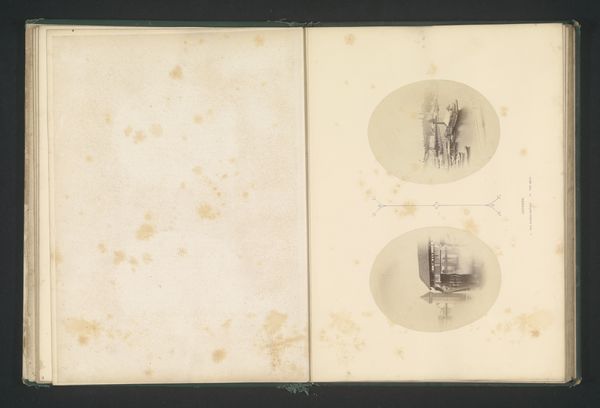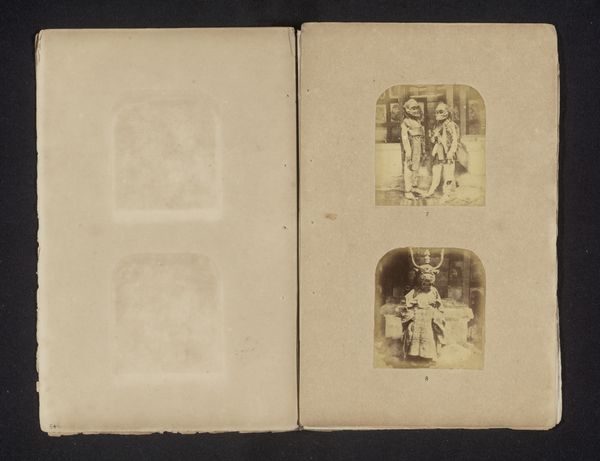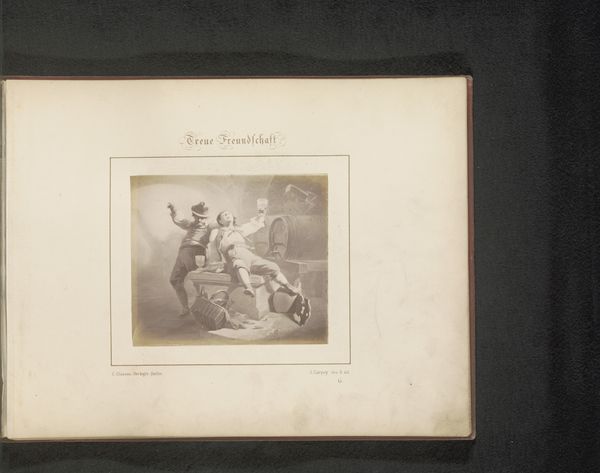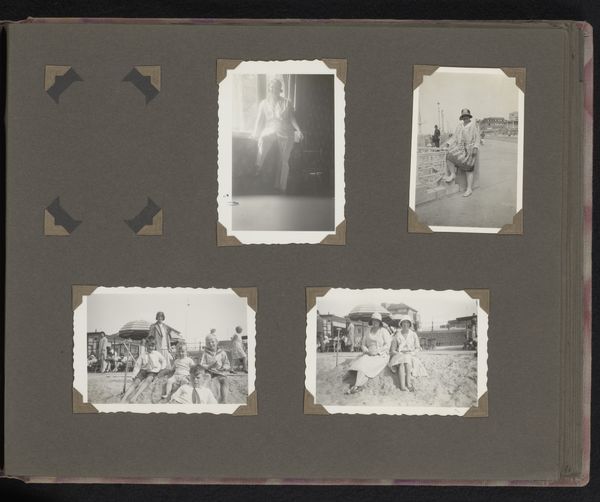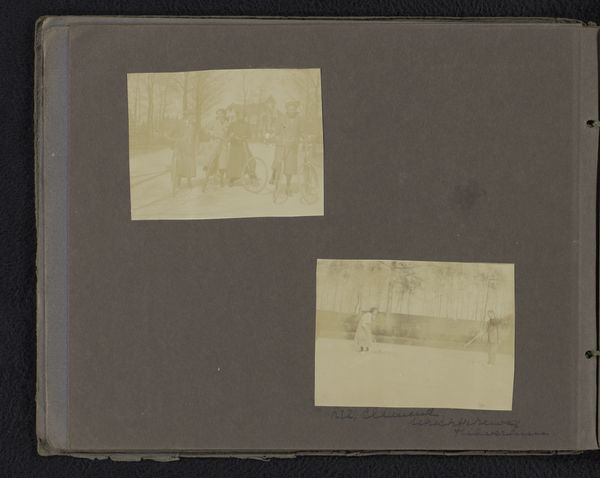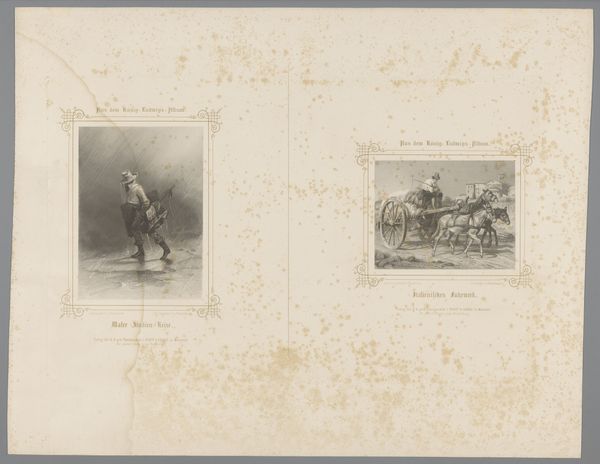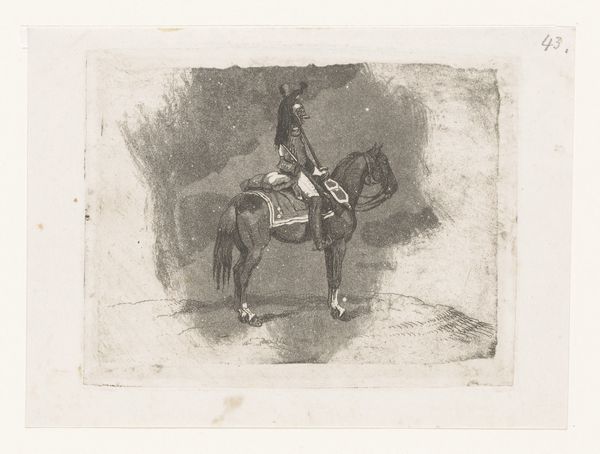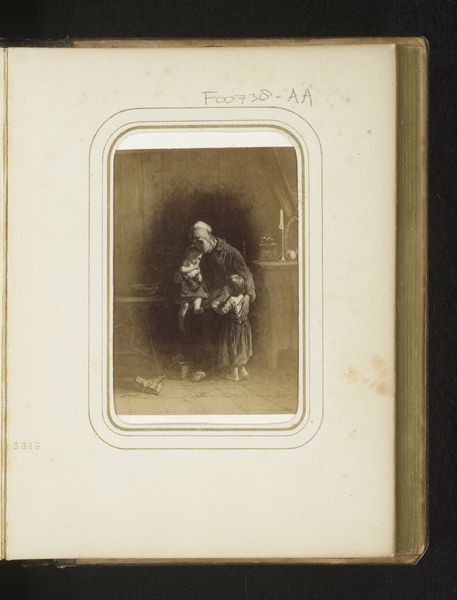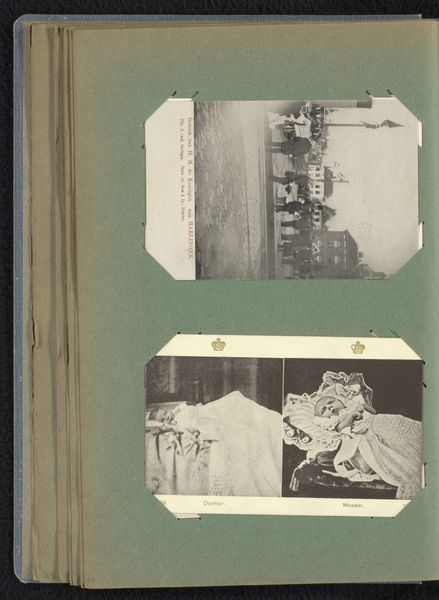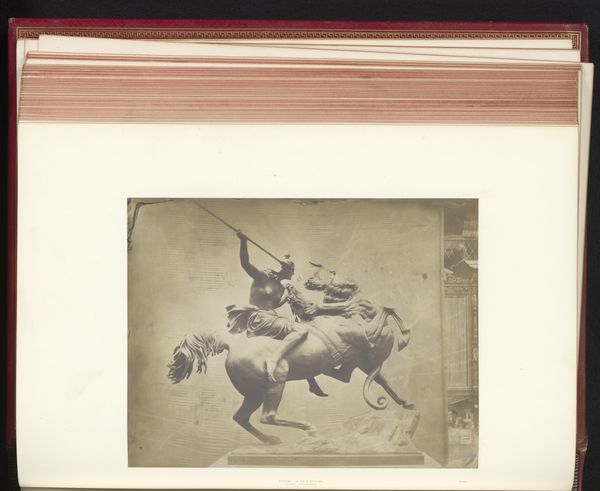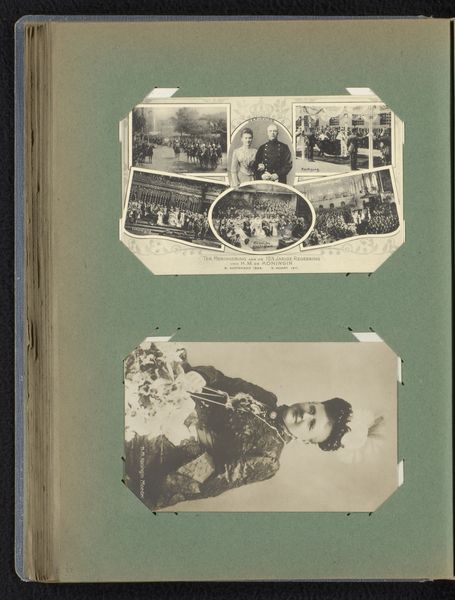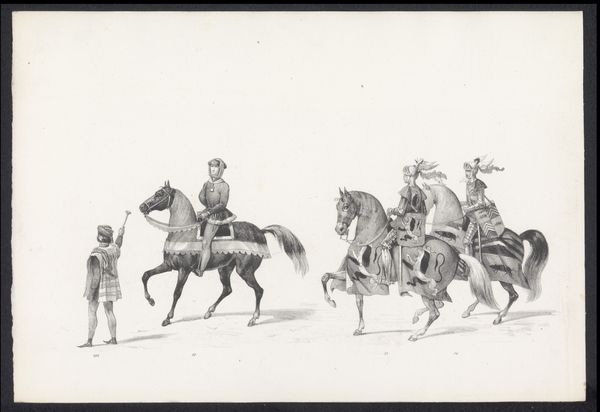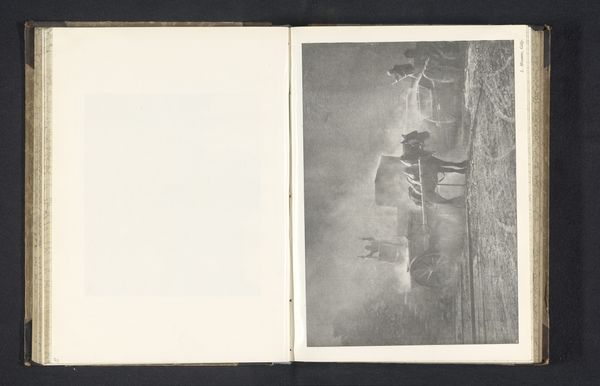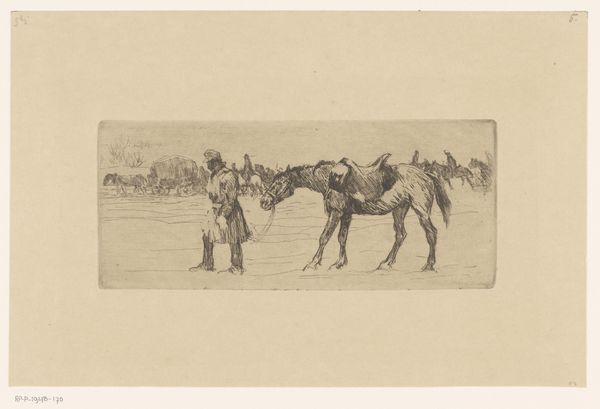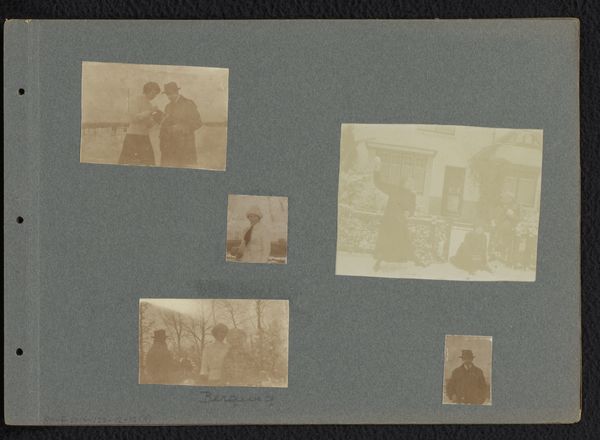
Studies of Foreshortenings. Horses. Walking. Mahomet. Nos. 119-120 1879
0:00
0:00
print, photography, gelatin-silver-print
#
portrait
#
water colours
#
animal
# print
#
impressionism
#
landscape
#
figuration
#
photography
#
gelatin-silver-print
#
watercolor
Dimensions: image: 14 x 23.2 cm (5 1/2 x 9 1/8 in.) sheet: 26 x 33 cm (10 1/4 x 13 in.)
Copyright: National Gallery of Art: CC0 1.0
Editor: This is Eadweard Muybridge’s "Studies of Foreshortenings. Horses. Walking. Mahomet. Nos. 119-120" from 1879, a gelatin silver print featuring a sequence of images of a horse and rider. There’s something wonderfully clinical and yet dreamlike about it; what captures your attention the most? Curator: Clinical is a great word for it! It’s almost like Muybridge is dissecting movement itself. He’s freezing these slivers of time that the human eye just can’t perceive. It makes you think about how we understand motion, doesn't it? Editor: It absolutely does. Did his work change our perception of the world around us? Curator: Profoundly! Before Muybridge, artists often depicted horses with a "flying gallop" – all four legs extended. Muybridge proved that, at certain points, all four hooves are actually off the ground but gathered *underneath* the horse. It busted a common myth! More than that, though, it offered artists and scientists alike a new way to see, a new tool for analysis. Editor: So, it wasn't just art, but a pivotal moment for science, too? Curator: Precisely! It paved the way for motion pictures and animation. Look closely; each frame has a different number. Imagine them strung together, flipping through them quickly, and BAM! You've got movement. Pretty mind-blowing, right? Editor: That's amazing! Seeing all those little snippets makes me understand how it all links up to modern filmography. Curator: Right! And remember that feeling of slight disorientation, that almost dreamlike quality you mentioned earlier? It's because Muybridge is showing us something inherently *unreal*, something our eyes can't process in real-time. That tension is where the art lies, I think. Editor: I never thought of it that way! I’ll definitely look at motion—and old movies—differently now.
Comments
No comments
Be the first to comment and join the conversation on the ultimate creative platform.
